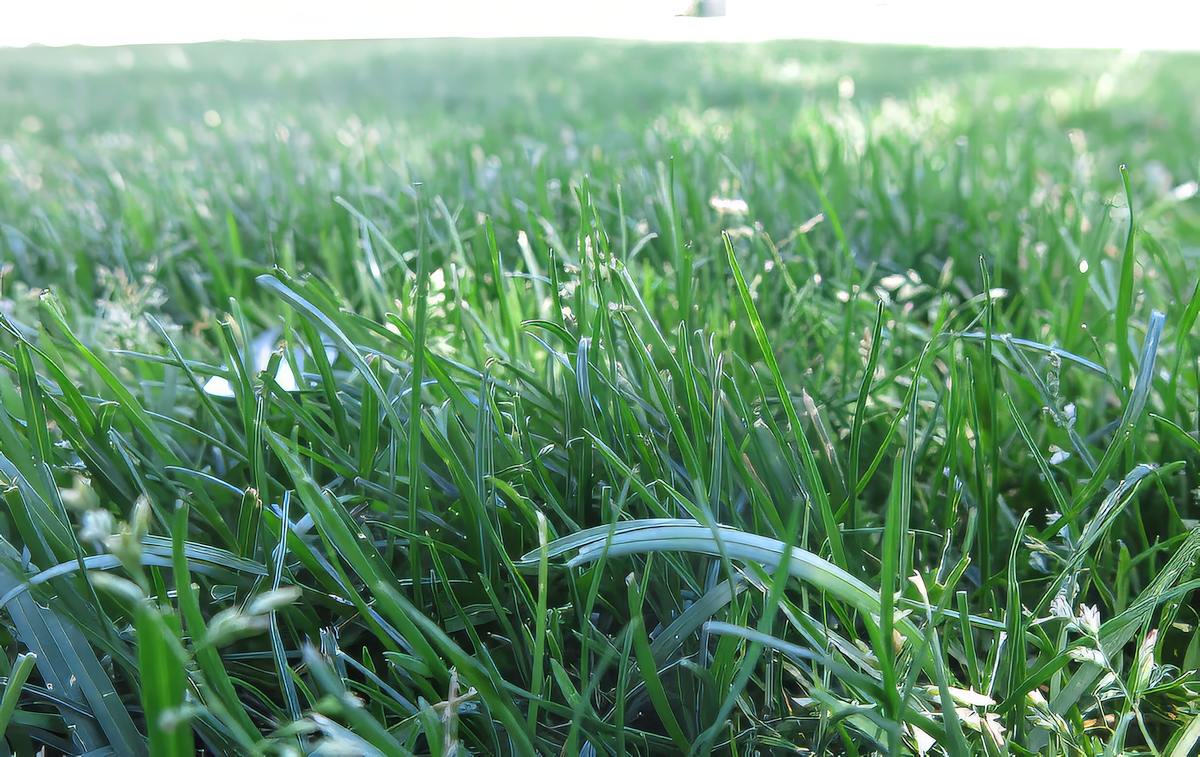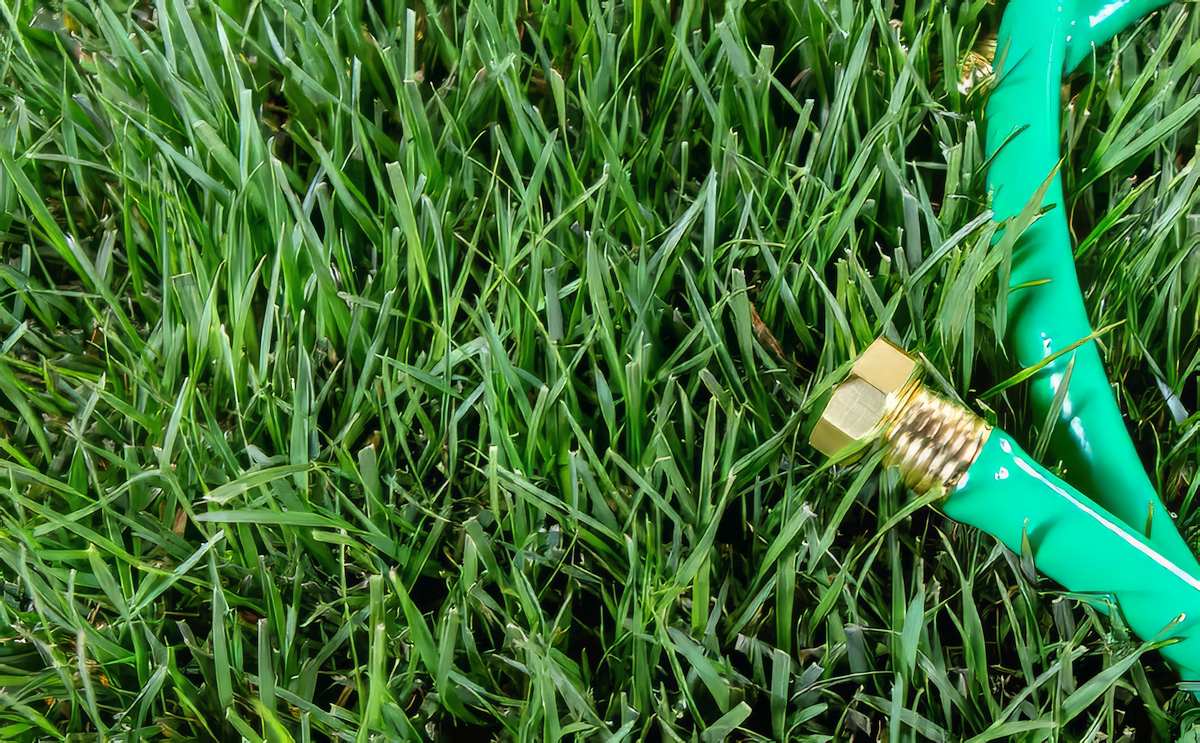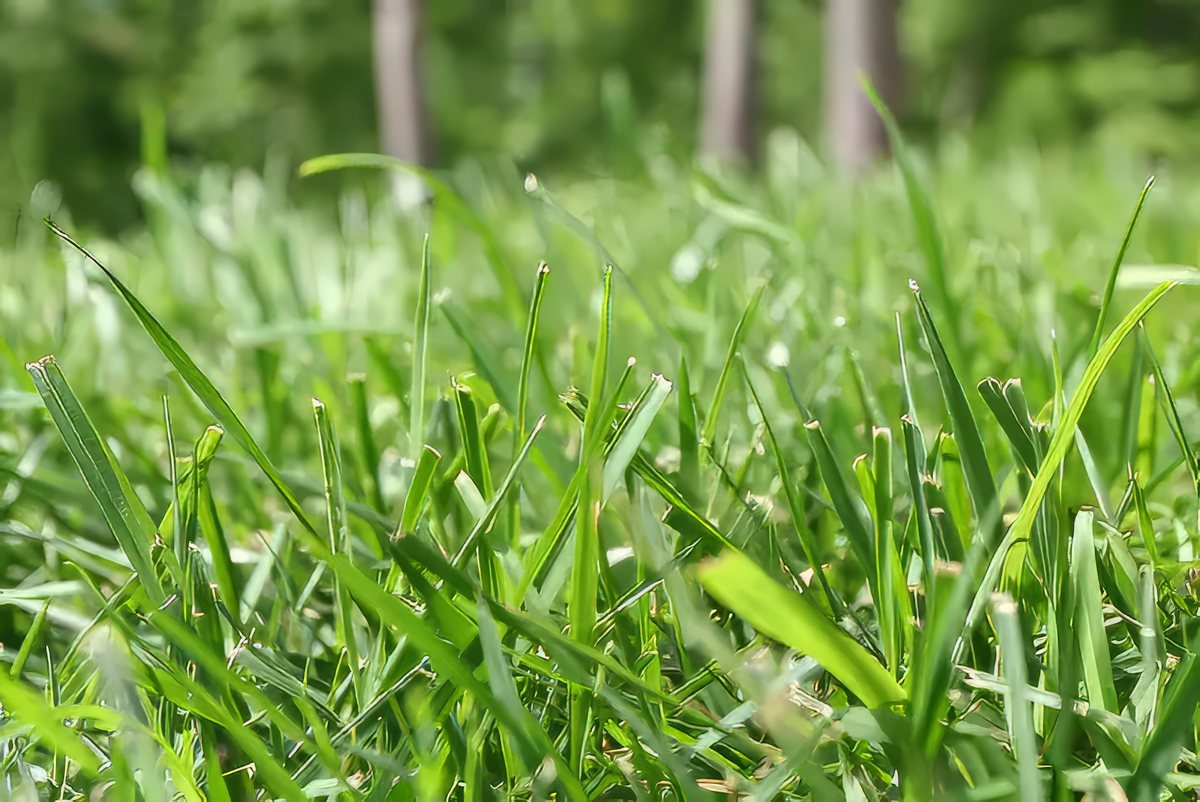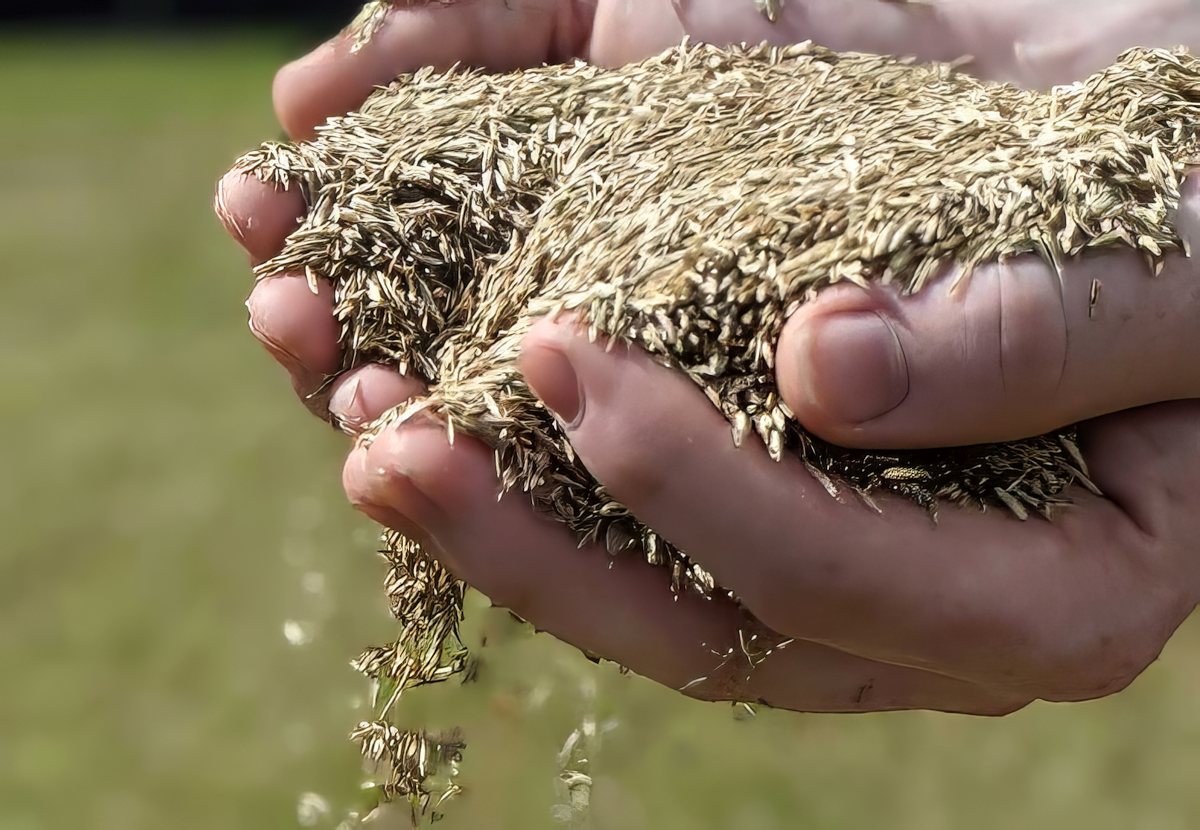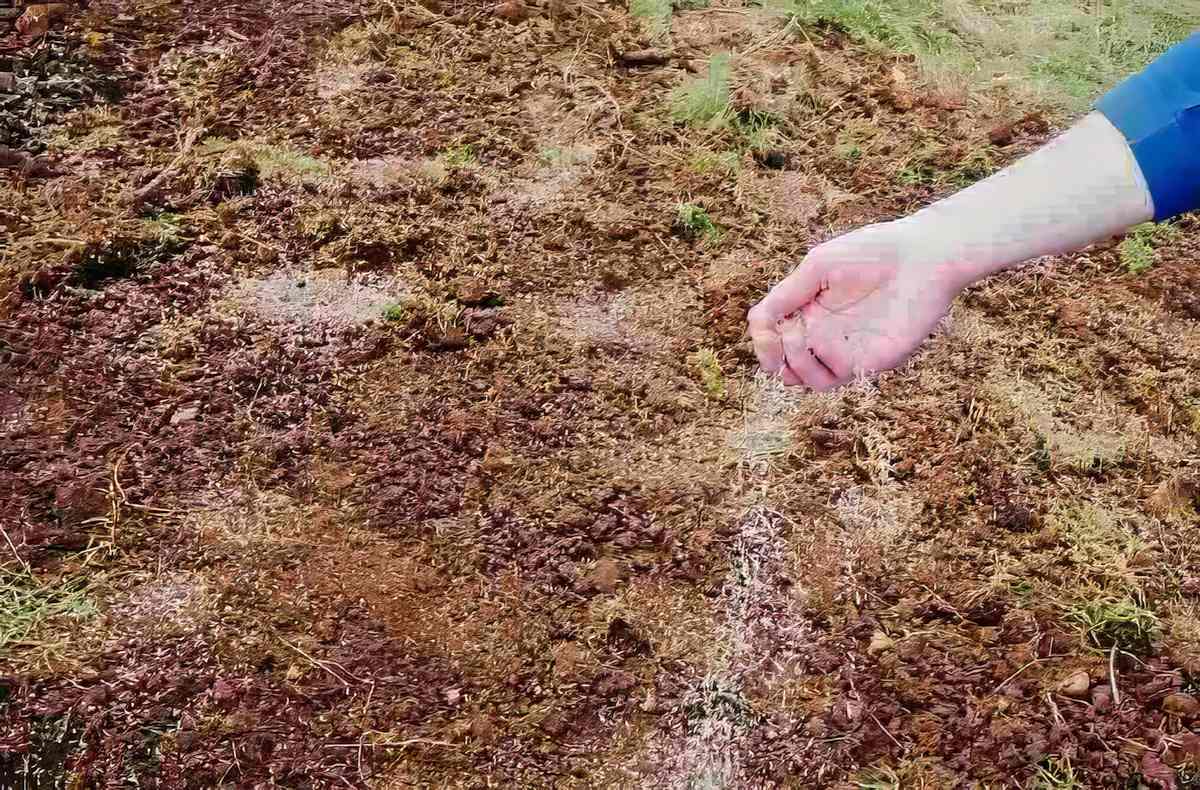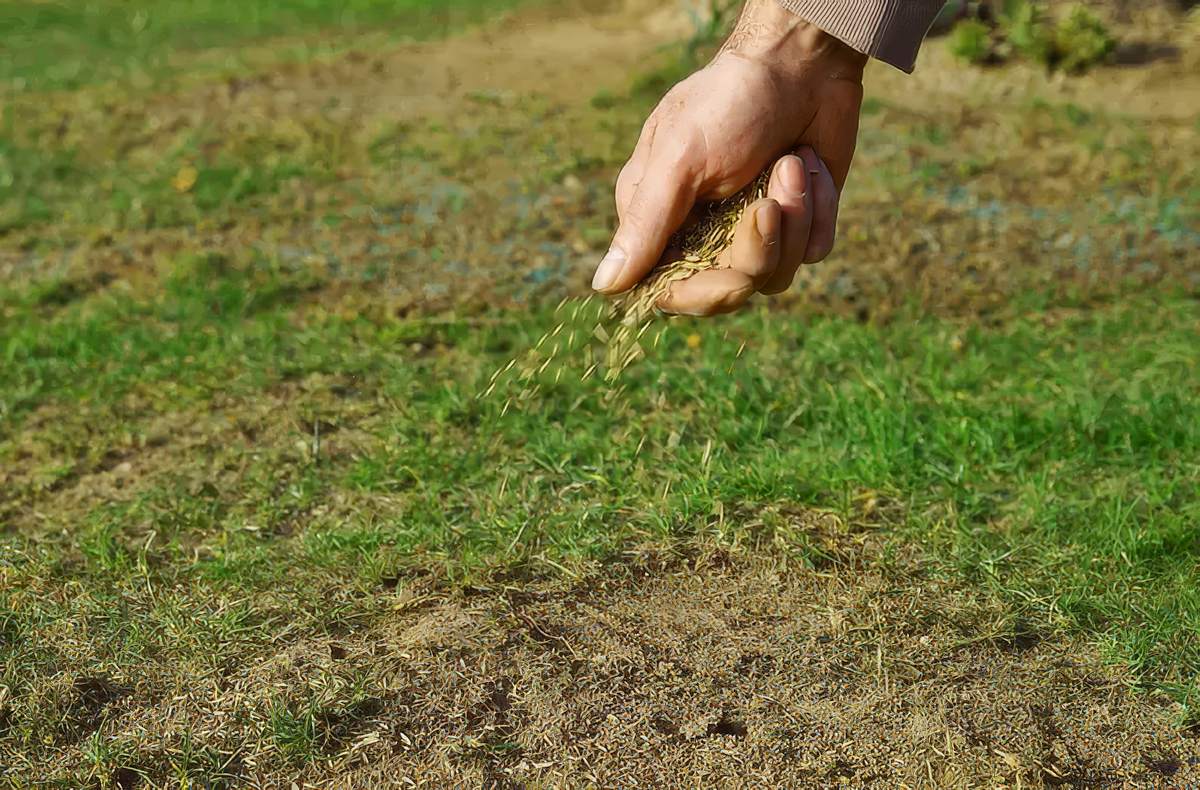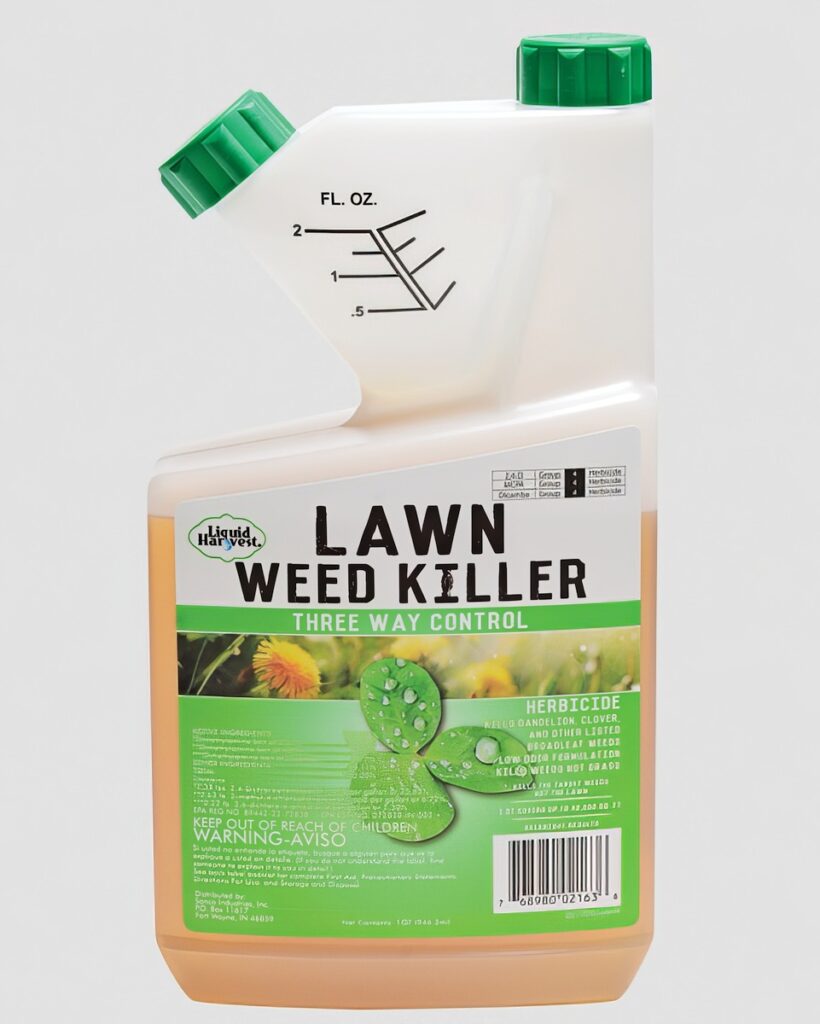One of the main things you need to get right when planting grass seed in Utah is the timing.
Establishing a lawn with our variable climate and soil conditions can be challenging. However, you can improve the chances of success by understanding the type of grass seed you choose as well as the local climate and soil conditions in your area—and then preparing the ground properly and planting at the right time of year.
This can get quite scientific if you start soil testing but here’s everything you need to know about the best time to plant grass seed in Utah for a flourishing lawn…
Best Time to Plant Grass Seed in Utah
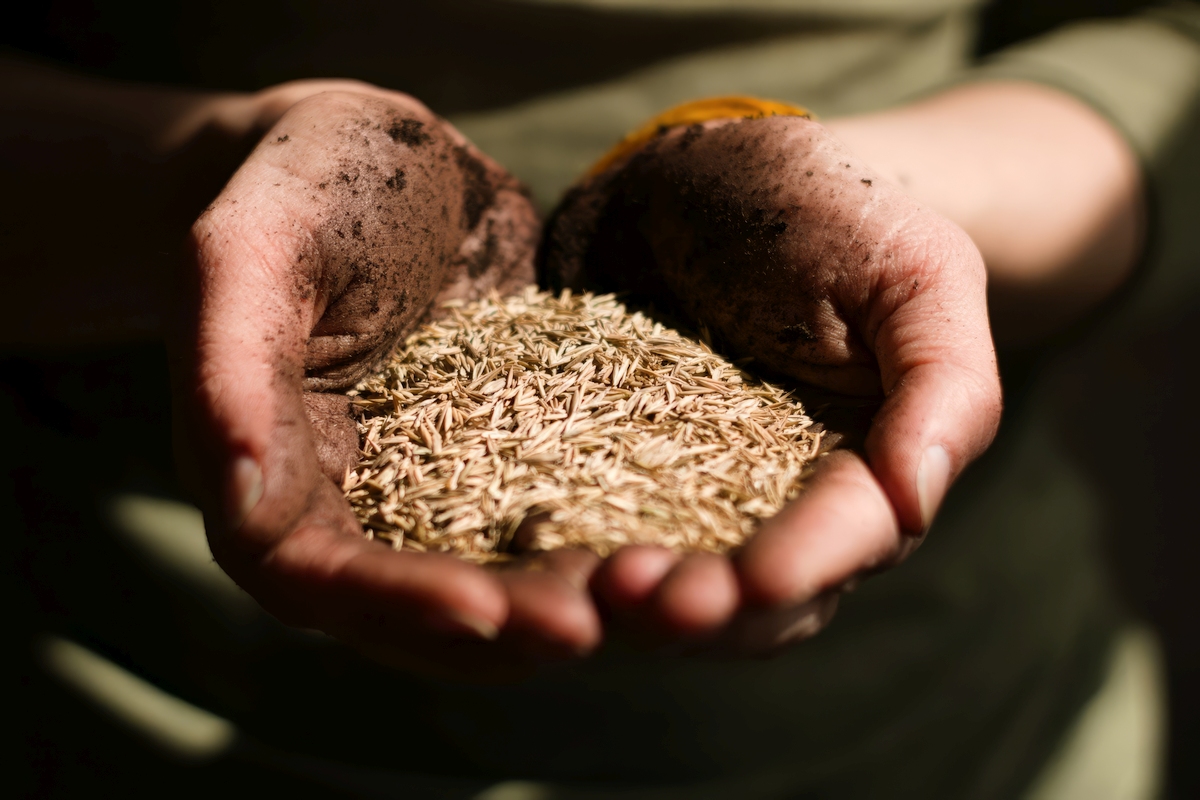
The best time to plant grass seed in Utah depends mainly on whether you plant cool-season grass (most common in Utah) or warm-season grass. Most cool-season grasses thrive with planting in the fall but spring planting may also work. Warm-season grasses, like Buffalo Grass, may fare better with planting in the early summer.
Grass Seed or a Low-Maintenance Alternative?
Before you forge ahead with planting grass seed, make sure you’re prepared for the lawn maintenance involved. Depending on the grass seed you choose, real grass can grow fast and may require considerable lawn care to thrive.
Artificial grass removes those concerns. With next-to-no maintenance required, a realistic look, and excellent durability, artificial turf brings curb appeal without the effort or ongoing expense.
Whether you’re after a picture postcard backyard lawn, a kids’ play area, pool turf, pet turf or a backyard putting green, artificial grass may be what you’ve been looking for.
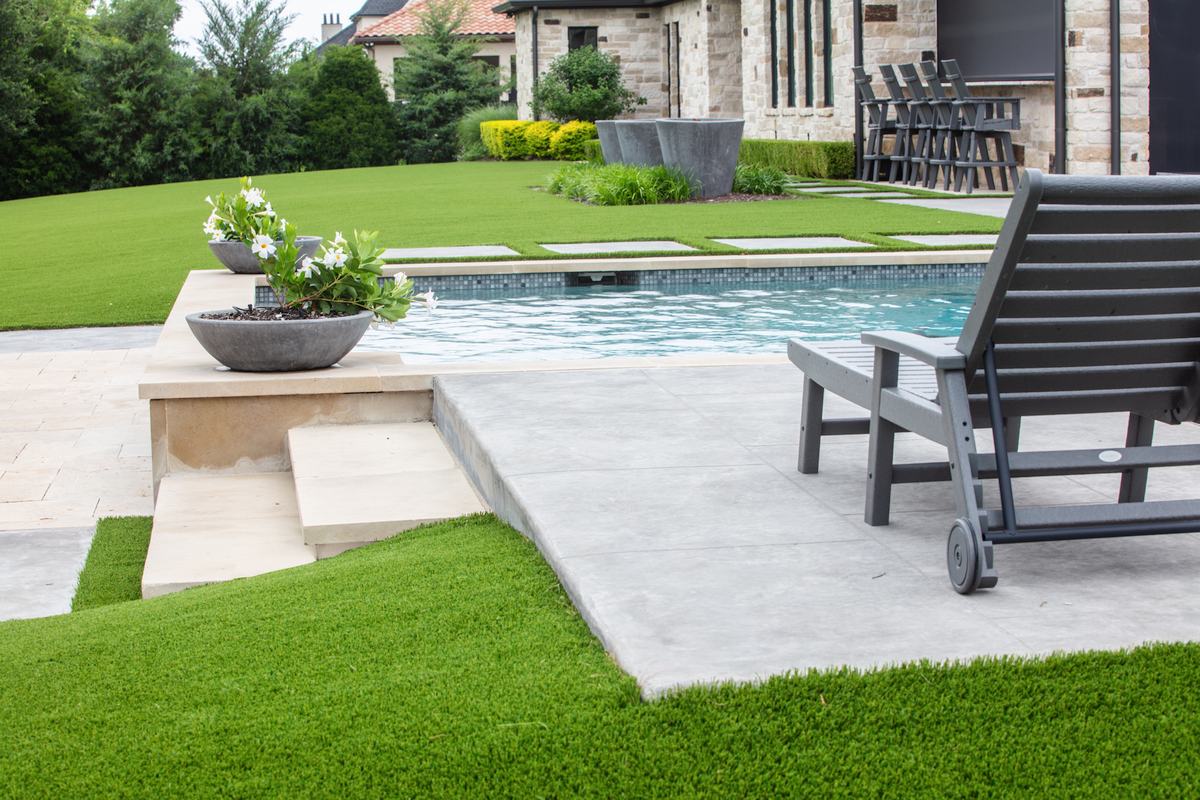
High-quality, affordable synthetic turf is now widely available for homes and businesses, making low-maintenance grass alternatives in Utah a reality. We’ve helped thousands of homeowners in the southwest make the switch and discover the benefits of artificial grass in the past two decades.
More about synthetic grass later in this post but, first, let’s find out more about the best time to plant grass seed in Utah…
GET A FREE ARTIFICIAL GRASS ESTIMATE IN UTAH
If you’re in Salt Lake City or the surrounding areas, the experienced team at Rocky Mountain Turf will break down the costs for you in a free estimate. Contact us here.
Common Challenges When Planting Grass in Utah
Utah has three main climatic regions, with each region covering about one-third of the state:
- A humid climate in the high mountains and plateaus
- An arid climate in the lower basins, valleys, and flatlands
- A sub-humid or semi-arid climate in the other areas of the state
Despite these basic climatic divisions, temperature extremes (both heat and cold) are possible in summer and winter almost anywhere in the state. Utah is also the second driest state in the country, so water shortages are common.
Grass needs adequate sunshine and water to grow but some types have adapted more to a lack of water and are more drought-tolerant. Some also handle the shade better than others.
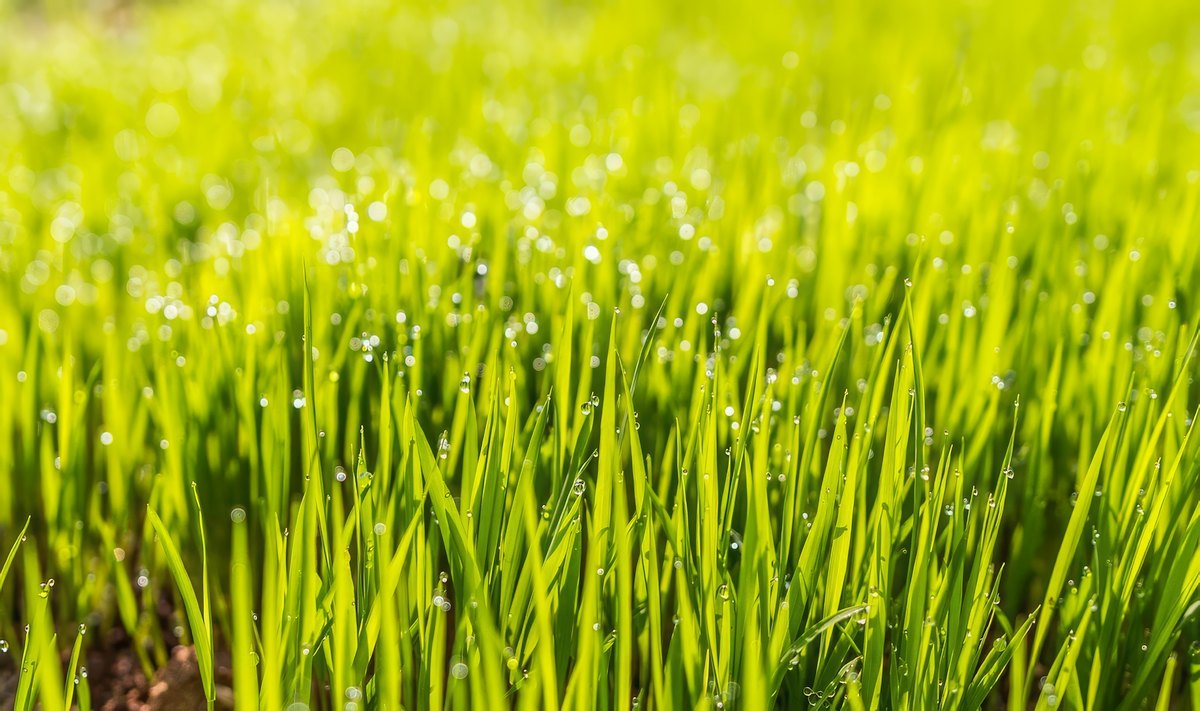
Poor-quality, clay-heavy soil conditions can also add to the challenges for homeowners wanting to establish a thriving lawn in Utah.
Besides the climate and poor soil, other challenges such as weed growth, pests, and disease may arise when trying to establish grass lawns in Utah (more about these in the section on planting grass seed).
Best Types of Grass for Utah
Utah’s varied climate means that it’s possible to plant cool-season or warm-season grass. Cool-season grasses are the most common type, including Kentucky Bluegrass, Perennial Ryegrass, Fine Fescue, and Tall Fescue.
Warm-season grasses like Buffalo Grass may work in some areas—and you may even see Bermuda Grass in southern parts of Utah, but these grasses usually require more work from homeowners to establish and maintain.
Here’s a quick rundown of the pros and cons of the main types of lawn grasses in Utah:
Cool-season grasses
- Kentucky Bluegrass
- Pros: Dense and lush appearance; excellent cold tolerance; self-repairing.
- Cons: High water and nutrient requirements; prone to heat stress in summer.
- Perennial Ryegrass
- Pros: Quick germination; fine texture; good for overseeding.
- Cons: Less drought-tolerant; susceptible to disease in humid conditions.
- Fine Fescue
- Pros: Shade-tolerant; low maintenance; good drought resistance.
- Cons: Slow establishment; not ideal for high-traffic areas.
- Tall Fescue
- Pros: Deep root system; excellent heat and drought tolerance; durable for high traffic.
- Cons: Coarser texture; slower to establish compared to other cool-season grasses.
Warm-season grasses
- Buffalo Grass
- Pros: Extremely drought-tolerant; low maintenance; thrives in Utah’s dry conditions.
- Cons: Slow growth; dormant and brown in cooler months.
- Bermuda Grass
- Pros: Excellent heat tolerance; fast growth; durable for high-traffic areas.
- Cons: High water needs; aggressive spreading can make it invasive.
Best Time to Plant Grass Seed
For cool-season grasses, you generally have the option of planting grass seed in the spring or fall in Utah. The early fall is generally recommended because the soil retains the heat and moisture necessary for healthy germination and growth.
Ideally, the temperature of the soil is 50-60 degrees Fahrenheit with an ideal air temperature of 60-75 degrees Fahrenheit.
Spring Planting
Planting in the late spring can bring warm enough soil and adequate moisture from spring rains. However, the downsides to watch out for are competition with weeds and the potential for heat stress if temperatures climb too high.
Fall Planting
The fall offers cooler temperatures suitable for cool-season grass along with reduced weed competition and generally better soil conditions. However, there is a shorter growing season before the cold of winter sets in.
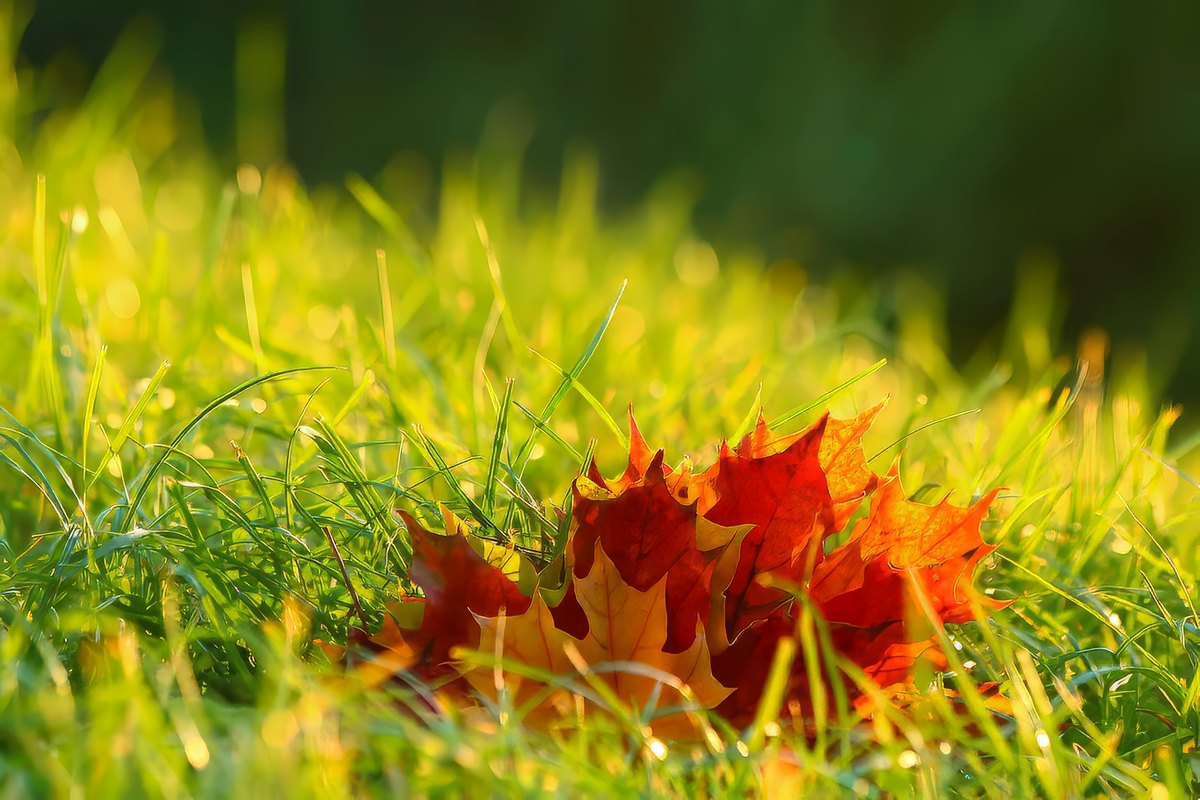
How to Prepare for Planting Grass Seed in Utah
The climate dictates the best time to plant grass seed in Utah but establishing and growing a healthy lawn requires proper ground preparation and a few basic planting tips as well. After all, your lawn’s success is largely reliant on the health and conditions of the soil you place the grass seed into…
Soil testing and preparation
The first step to give your lawn the best chance of success is to test the soil for pH and nutrient levels (most types of grass do best in soils with a neutral pH, between 6 and 7).
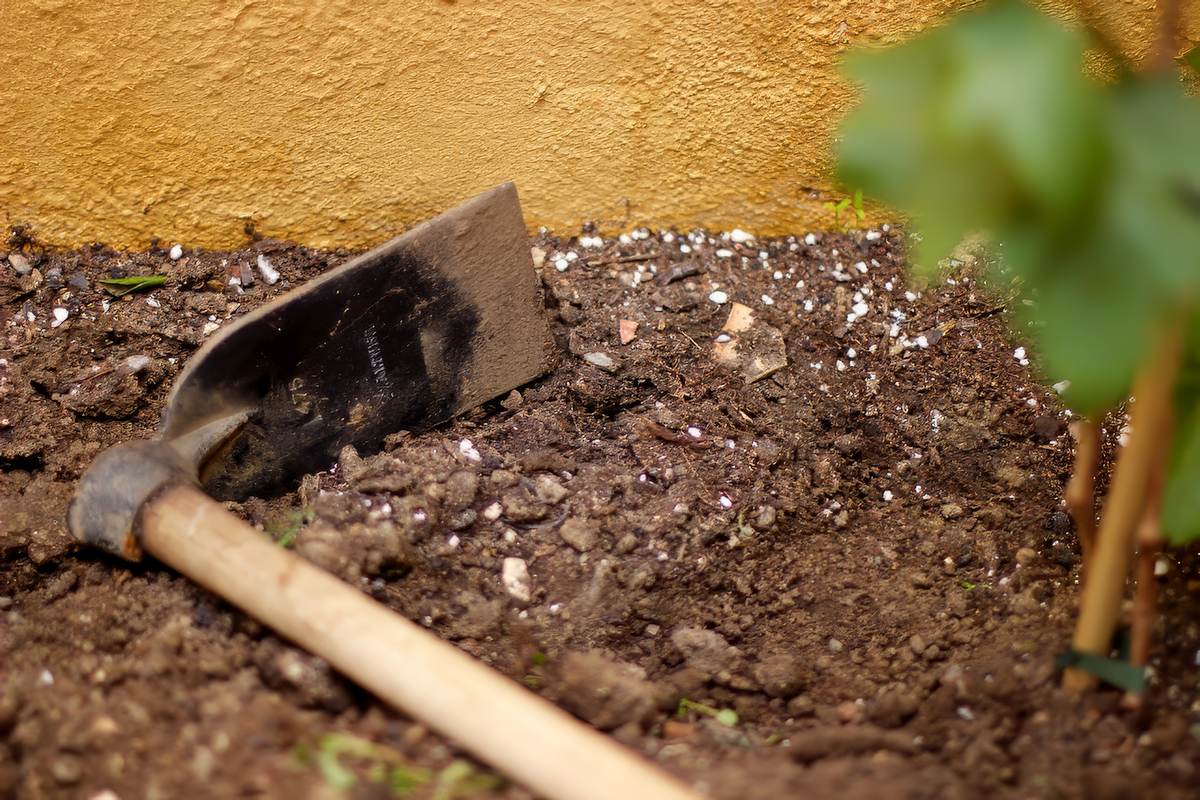
Collect small samples of the soil several inches deep from different parts of your yard, mix the samples, and send about two cups to a local soil testing lab. Await the results of the test and take the following actions based on these results…
- For soil with too much clay: try adding organic material like compost or manure, which contain nutrients to balance, loosen, and aerate the soil, making it less compact.
- For soil that is too sandy: also add compost or manure to balance the soil, allowing it to better retain moisture and nutrients.
- For soil that is too acidic (pH under 5): add limestone (calcitic, dolomitic, etc.)
- For soil that is too alkaline (pH over 7): add either elemental sulfur or aluminum sulfate to help balance the soil.
The soil enhancements should be spread evenly over the soil and mixed into the first six inches of topsoil. Be patient for the enhancements to take effect if you’re altering the pH level—at least six weeks and up to six months. If you’re just adding compost or manure, the improvements should be quicker.
Other soil preparation tips
Other steps you can take to prepare the soil for planting grass seed include:
- Clear the area of weeds and debris
- Aerate and grade the soil for even distribution
- Select the best grass seed for your specific location and yard conditions in Utah
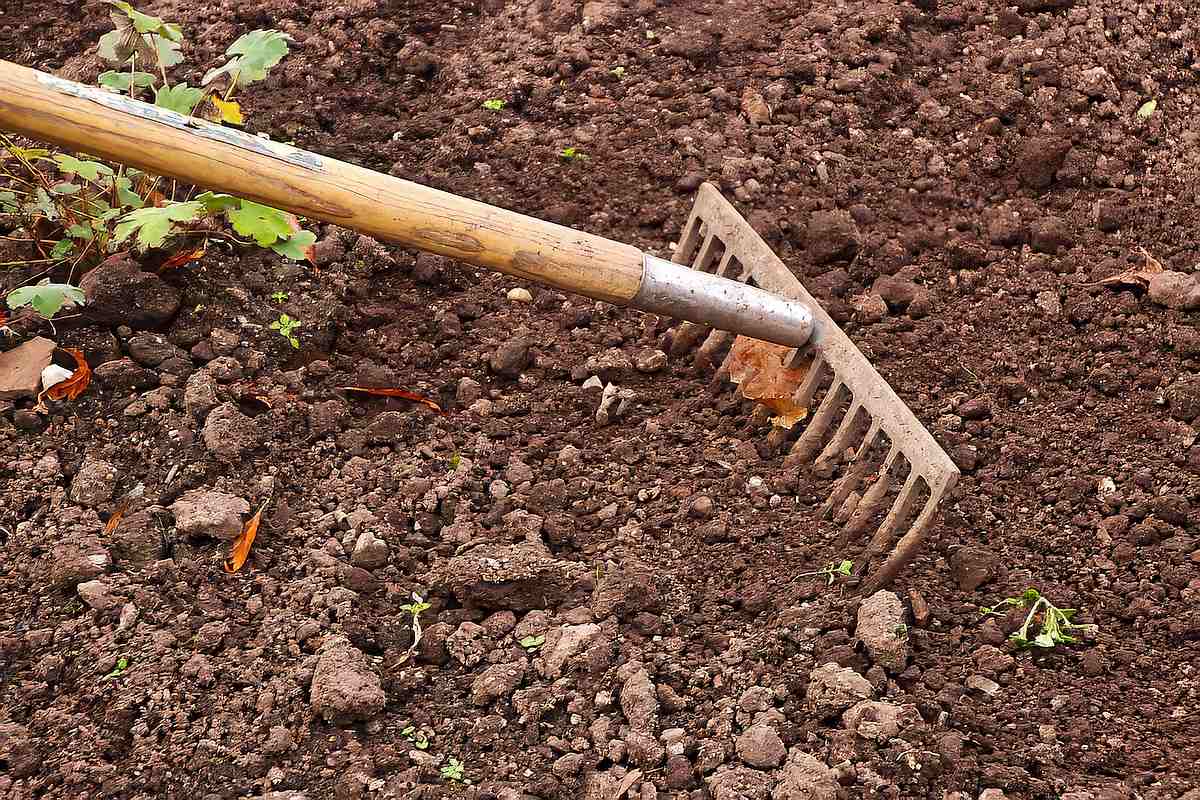
How to Plant Grass Seed in Utah
Now you’re ready to plant your grass seed. Follow these steps:
Calculate the Required Seed Quantities
To calculate the amount of grass seed needed for a new lawn, multiply the lawn’s area by the recommended seed rate per square foot:
- Measure the lawn to find the approximate width and length
- Calculate the area by multiplying the length by the width
- Find the seed rate per square foot (in pounds) on the bags of seed you purchased or in a gardening guide
- Calculate the quantity of seed required by multiplying the lawn area by the seed rate
- Divide by 1000 to get the quantity of seed needed in pounds
Alternatively, use an online grass seed calculator.
Use the Right Seeding Technique for Seed-To-Soil Contact
You can spread the seed using a broadcast spreader or simply by hand. As long as the seeds are spread evenly across the intended lawn area, it doesn’t matter.
If you spread by hand, aim for a consistent-sized scoop of seeds and distribute them in a half-circle in front of you as you walk. Try to keep consistent motion and pace as you walk for an even spread.
Once you’ve distributed the grass seed evenly, rake the seeds into the soil. The greater the contact between the soil and the seed, the better it will be for the germination and growth process.
If You’re Overseeding…
For overseeding, be sure to aerate the turf before adding any seed. Compacted areas prevent oxygen and nutrients from reaching the grass so you need to “open” the soil. Aeration can also increase the surface area for contact between new seeds and soil.
You might also want to add a phosphorous-based fertilizer to your lawn before overseeding to help with the development of a strong root system, though this may be unnecessary.
Start an Appropriate Watering Schedule
Grass seeds require moist conditions to germinate and grow. This usually means consistent watering after planting, especially in Utah’s drier areas.
The precise watering schedule will depend on the type of grass seed you planted. Here are some basic guidelines for a few popular grass types:
- Kentucky Bluegrass: germinates in 21–30 days. Keep moist for 40–45 days after planting.
- Ryegrass: a fast-growing seed that germinates in 7–10 days. Keep moist for 15–20 days after planting.
- Fine fescue germinates in 14–21 days. Keep moist for 30–40 days after planting.
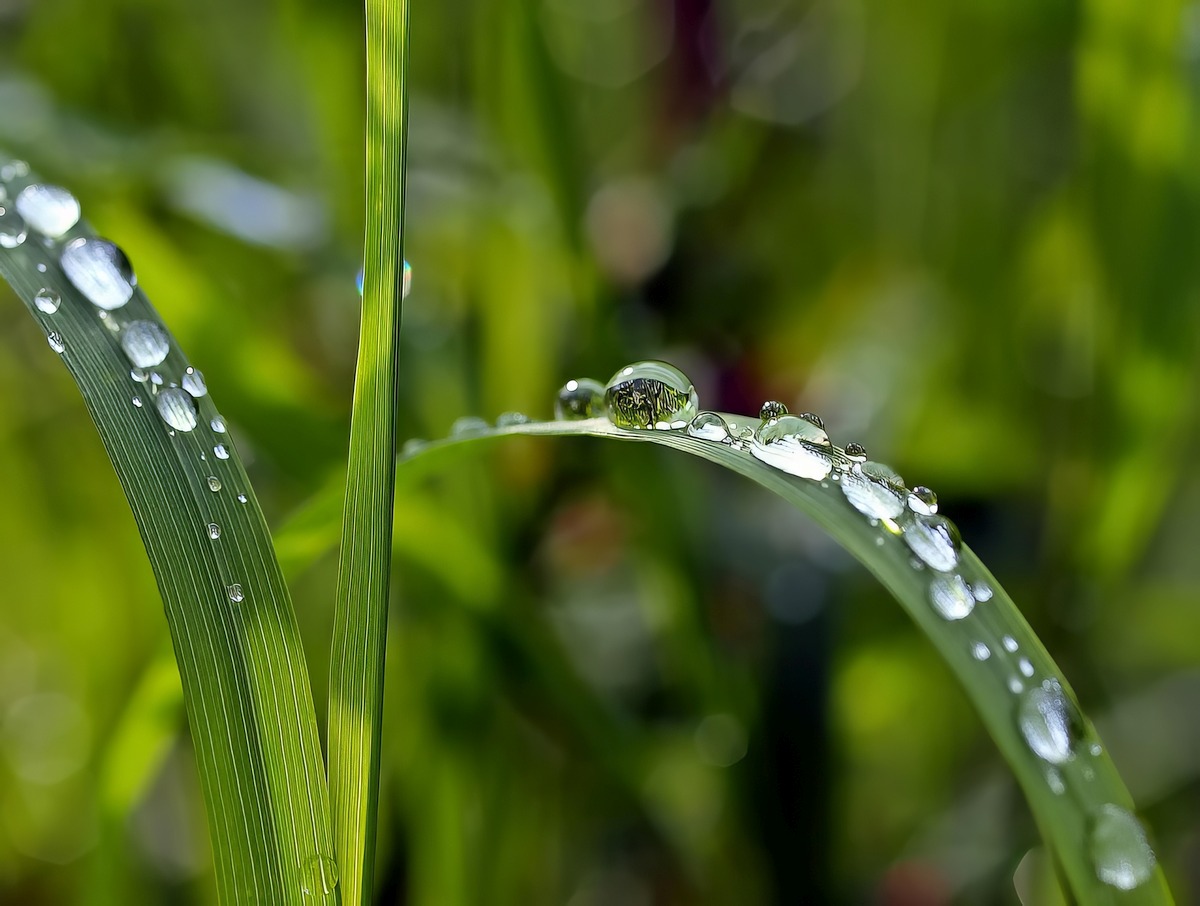
Take Steps to Prevent Weed Growth
It’s best not to use weedkiller on a newly planted grass lawn. Wait until the new grass has been mowed a few times at least—usually after at least 6-8 weeks. Then, you can spot-spray weeds using a selective herbicide, remembering that a glyphosate weed killer will kill any vegetation including your new grass.
Regularly mowed and fertilized grass should avoid attracting too many weeds.
FAQs
Can You Plant Grass Seed During Summer in Utah?
Planting cool-season grass seed during the summer in Utah is generally not recommended due to the heat. It’s better to wait for the fall. If you must plant it in summer in northern Utah, choose late summer (late August or September) and make sure that adequate irrigation is provided.
When Should You Mow a New Lawn for the First Time?
Wait until your lawn has been established for around 6-8 weeks before mowing. The grass should have good coverage and usually be around 5-7cm in height before cutting it for the first time, allowing the roots to properly develop.
How Can You Protect Young Grass from Pests and Diseases?
Choosing the right grass types, removing weeds, mowing and watering according to recommendations, adding compost to the soil, removing debris, and removing thatch should help prevent pests and diseases. Only use pesticides or insecticides if absolutely necessary.
What Are the Main Differences Between Real Grass and Artificial Grass?
They may look almost identical these days, but real grass and synthetic grass have many differences. To help decide which is the best option for your home, check out this post that compares artificial grass vs natural grass.
How Long Does Artificial Grass Last?
Your artificial grass should last a minimum of 10 years and if properly installed and maintained, up to 15 or 20 years.
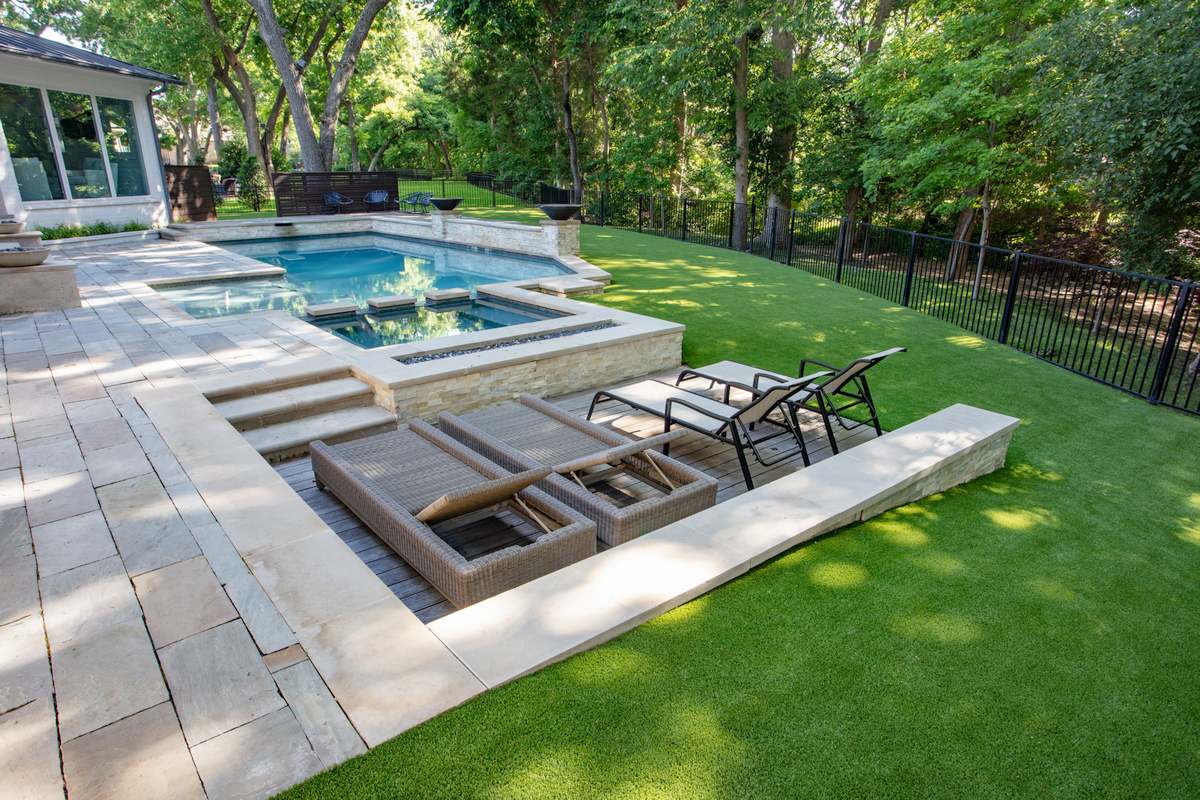
Considering the Switch to Artificial Grass?
If you’re planting grass seed in Utah, research the seed types and the conditions required for the best chance of a healthy, thriving lawn. Planning and preparation are essential.
However, for a lower-maintenance alternative in Utah, discuss your options with an artificial grass professional.







